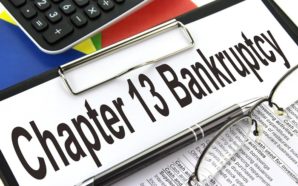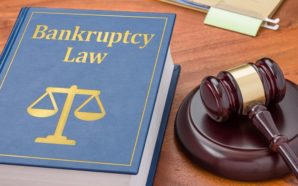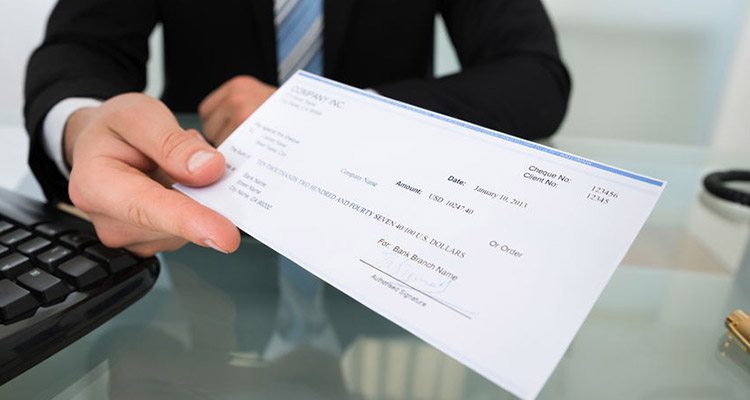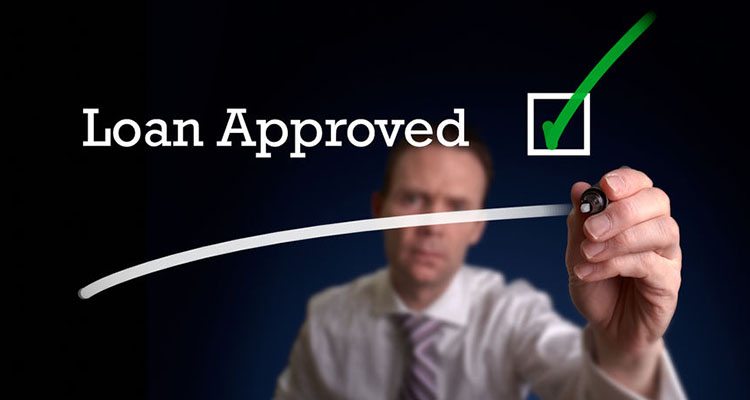Rebuild Your Credit Cards After Bankruptcy
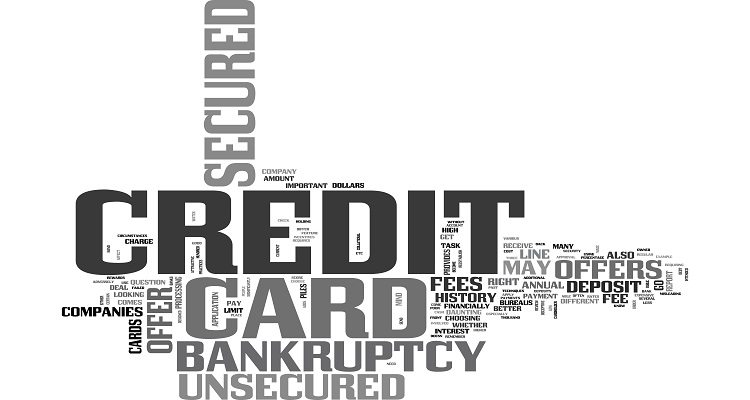
Strangely enough, the best time to get credit cards after bankruptcy is immediately after it. With debts either discharged or re-structured most people leave bankruptcy in the best financial shape they’ve been in years.
Understandably, most lenders don’t quite look at the situation like that. So, getting approved for credit cards after bankruptcy is not easy. Your bankruptcy details will remain on record for 7 to 10 years, meaning you will be viewed as a high risk customer.
However, this doesn’t mean that you cannot get a new credit card. Different lenders will have different policies and multiple factors are taken into consideration when your credit eligibility is being assessed.
Why Credit Cards after Bankruptcy?
This is a really good question. You just spent all this time paying off your debt and have just gotten back on your feet. Why apply for credit cards at all? The reason is that credit cards are an important tool in building back your credit score after a bankruptcy.
And building up your credit standing is critical to proving that you have turned over a new leaf after having endured a painful and traumatic bankruptcy.
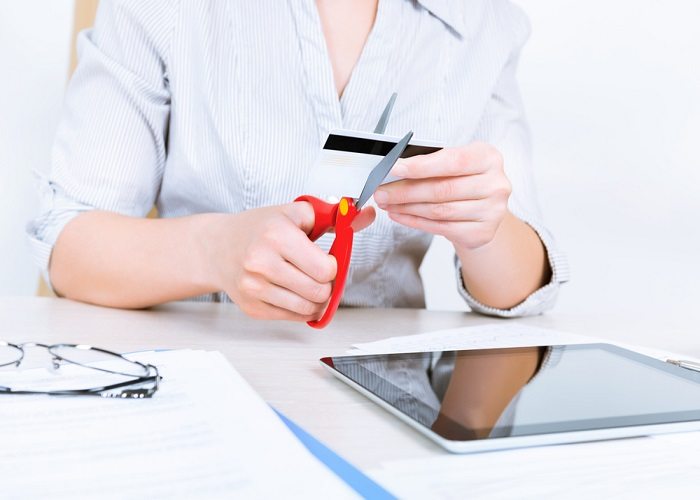
Steps to Take to Rebuild your Credit Card after Bankruptcy
- Firstly, apply for a secured credit card; chances of approval are almost 100%. This is because a secured credit card is backed by your savings account as collateral. You credit limit will depend on your credit history as well as the balance available in your account. However, when you do get one, ensure that you get a secured credit card that has no fees attached to it.
- Minimized your credit card usage. Try as much as possible to use it only once a month for something small. Using the card once a month is to make sure that the credit card account remains open. And never let your credit balance go over 30% of the total credit limit.
- Try and pay your entire credit balance off every single month. If you pay on or – preferably – before the due date, you will not accrue interest on the balance. However, if you are paying off the entire balance as suggested, then you shouldn’t have to worry about interest charges anyway.
- After having followed this routine for at least 6 month, but ideally 12 months, you can graduate to an unsecured credit card.
- If you cannot graduate to an unsecured credit card after a year because your application is being denied, then try for a balance transfer credit card. These cards are designed for people who have not-so-great credit histories.
- Ask for credit limit increases regularly, but always ensure you follow the first 3 steps no matter what.
Using credit cards after bankruptcy responsibly is the best way to build your credit score a little more quickly. And considering the fact that almost every kind of transaction is now being linked to a good credit score, it is imperative for you to fix your credit worthiness as soon as possible.



